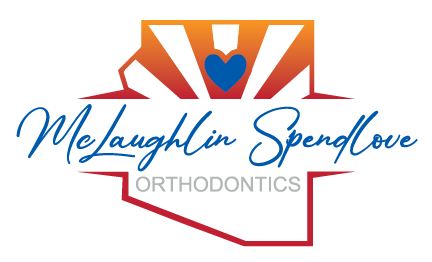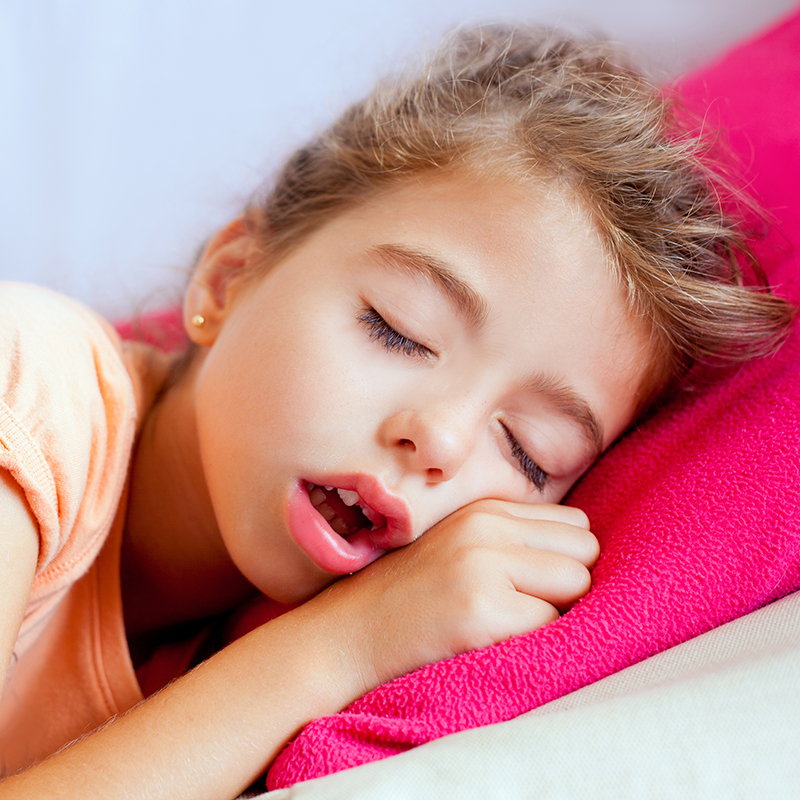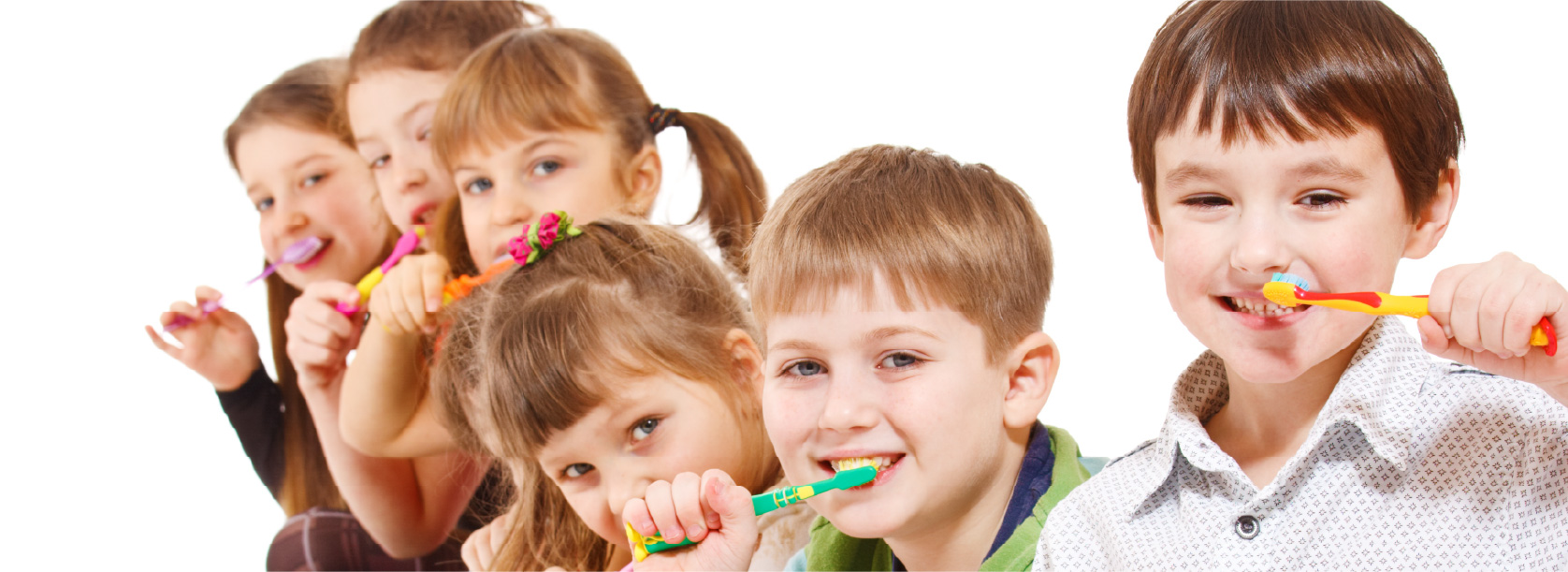
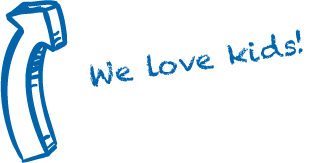
Orthodontics For Children
Early Diagnosis & Treatment For Kids
While there is no exact right age for children to begin orthodontic treatment, the American Association of Orthodontists recommends visiting the orthodontist around age seven. At this early age, most children have a mix of baby and adult teeth, making it possible for the Drs to diagnose and correct tooth and jaw problems in the least invasive way.
For some children, early treatment (starting before all their adult teeth are in) is used to shorten the amount of time they’ll spend in treatment during a second phase of treatment. The first phase happens while the child has a mix of baby and adult teeth and the second phase begins once they have all their adult teeth, usually with a break between the two phases. For other children, only one phase of treatment will be recommended.
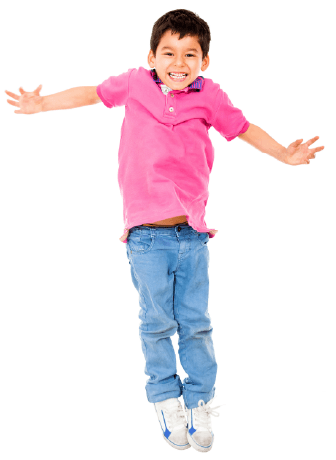
When you bring your youngster in for an initial consultation, Dr. McLaughlin or Dr. Spendlove will recommend the best approach and time to start treatment. If they recommend waiting for treatment, your child will be enrolled in our growth and guidance program and will receive free exams at regular intervals until ready for treatment. It’s fun for kids and a great way for you to know your child is getting the best care available.
Sleep Breathing Issues in Kids
OFTEN MISDIAGNOSED. OFTEN MISUNDERSTOOD.
Kids can show different signs and symptoms of sleep-related breathing disorders compared to adults.
For example, the Apnea-Hypopnea Index (AHI) threshold for adults to be diagnosed with sleep apnea is five events per hour. For kids, as few as one event per hour is generally a concern and may warrant treatment. In addition, kids can show drastically different signs of sleep disturbances compared to adults.
During the night, a child with sleep apnea may:
• Snore loudly and on a regular basis
• Have pauses, gasps, snorts, and actually stop breathing
• The snorts or gasps may disrupt their sleep
• Be restless or sleep in abnormal positions
• Move around, tossing and turning
• Sweat heavily during sleep
During the day, a child with sleep apnea may:
• Have behavioral, school and social problems
• Be difficult to wake up
• Have headaches – especially in the morning
• Be irritable, agitated, aggressive, and cranky
• Be so sleepy that they actually fall asleep or daydream
• Speak with a nasal voice and breathe regularly through the mouth.
